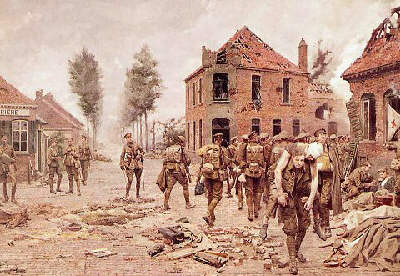I came across the following article in my local free paper.
It got me thinking.
Why did it take 91 years to put the name of the soldier on the memorial?
I imagine the answer involves a failure of army procedure. However, without a trip to the regiment’s archive in Chester it will remain a mystery.
However, there is a more important question:
Why now?
I suspect the connection to Iraq and the Cheshire regiment (now defunct) is critical.
The British public’s attitude to the current war in Iraq is complex and politically charged. It is the sensitive nature of the debate that has made it difficult for society to memorialise the sacrifice of the modern soldiers. For many the link between opposition to the war and the ability support the solders, irrespective of political standing, is indistinct. This result is an absence of a suitable system of public memorialisation. The lack of major conflict since the Second World War has left our society unused to publicly recognising the sacrifice of its soldiers. Though we openly commemorate Armistice Day, this has become a very general event; dedicated to ALL the soldiers who have been killed whilst fighting abroad. Yet in a way this is an escapist approach. It allows us to avoid addressing our deeper lack of unquestionable support for our soldiers, irrespective of personal political feelings.
I wonder if we are in fact suffering from a feeling of collective guilt, which makes open recognition of the deaths of solders in Iraq and Afghanistan difficult. Politically many people oppose these wars; an opposition I feel is often based on flimsy evidence and understanding. Therefore, when faced with the real consequences of these conflicts, we have no viable outlet for our collective grief.
I suspect that the addition of David Hunt’s name to the town’s memorial has much to be with a transposed reaction to the current conflict in Iraq.
Two questions remain.
Firstly, does the memorial in Ellesmere Port recognise any modern deaths?
Secondly, does the memorial for the Cheshire regiment in Chester cathedral include David Hunt’s name?
I will check and report back.

